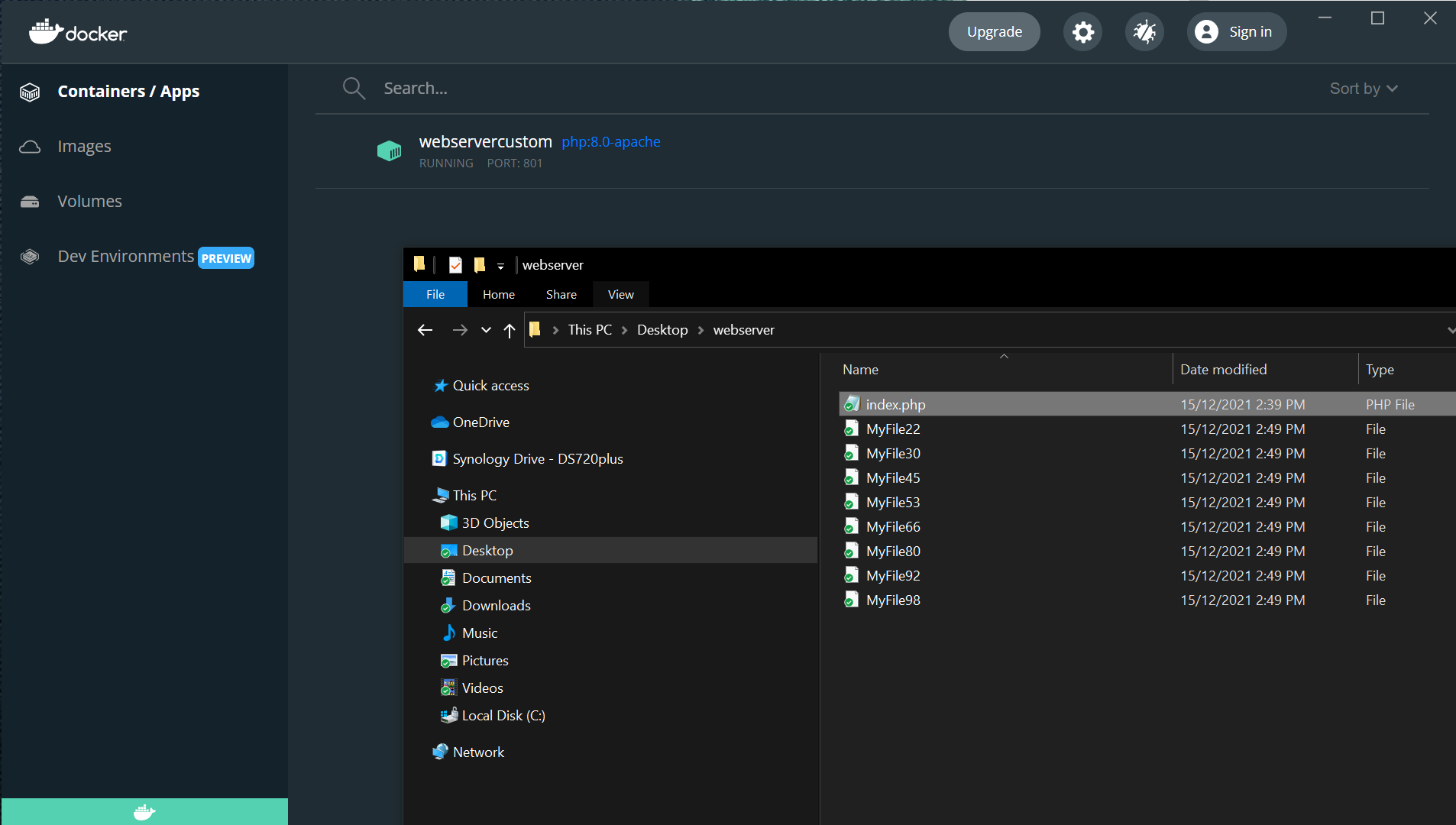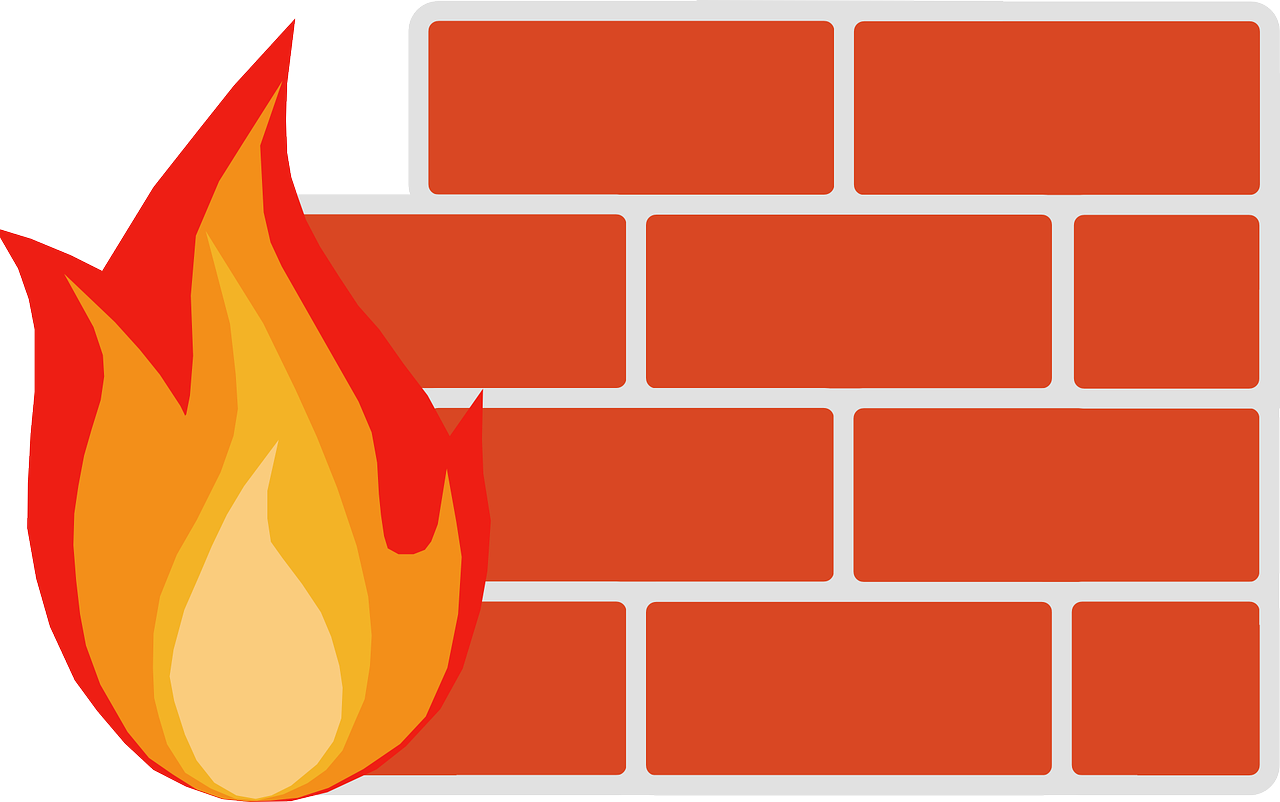Web Servers
Get help with Apache, Nginx, Tomcat, Varnish and Load-Balancing Web Servers. AGIX staff have the know-how and experience to help your organisation with best-practices, current technology in various Cloud environments including Amazon AWS. We support popular web engines such as PHP, Python, .net and more.
This page shows examples of our work that AGIX shares freely with you. For a fully supported compute environment, contact our team to find out how we can help your organization move forward in the right way.
See Our Blogs on Web Servers
Upgrade WordPress Fast from the CLI (quick and dirty)
All HowTo's
Web Servers
This article describes the fastest way I know to upgrade a WordPress site. A little background: I recently had a WordPress site that was error’ing when attempting to administer it. There were missing functions, etc. I decided to simply upgrade the WordPress code-base to the latest and solve the problem
Read More
Docker 101 – Get your head around Docker
All HowTo's
Kubernetes & Docker
Ubuntu, Mint & Debian Linux
Web Servers
In this article we’re going to walk through installing Docker on Ubuntu, starting a few Docker containers, and then running those containers behind a reverse proxy. When we’re done, you’ll have a load balance terminating SSL (TLS) connections with multiple Docker containers running the workload. This is how it will
Read More

Docker for Windows – Install, run and launch a Web Server in Docker
Kubernetes & Docker
Web Servers
Windows
This article shows how to install Docker for Windows 10 (and probably 11), and then start a web server in a Docker container. Install Docker Visit “https://www.docker.com/products/docker-desktop” and download Docker installer. Start the installation process (you’ll need local admin privileges). During the installation process, the wizard will ask if you
Read More
Hide Apache and PHP Version Details
All HowTo's
Cyber-Security
Linux
Redhat, Fedora and CentOS Linux
Web Servers
Sometimes we don’t want the public knowing the versions of Apache and PHP running on our servers. This article shows how to hide that information. We’re using CentOS 7 for this example but the only difference really is the location of the configuration file for the Vhosts. Hide the Apache
Read More
Configure Metasploit with NMap and the Database – Advanced
All HowTo's
Cyber-Security
Linux
PostgreSQL
Redhat, Fedora and CentOS Linux
Ubuntu, Mint & Debian Linux
Web Servers
This article walks you through the process of installing, configuring and running scans using Metasploit and Nmap. Both CentOS 7 and Ubuntu 20.04 are discussed. Our objective is to be able to run nmap scans and have the results go into a database so we can filter the results later
Read More

GeoBlocking with Apache on CentOS and Ubuntu
All HowTo's
Cyber-Security
Linux
Redhat, Fedora and CentOS Linux
Ubuntu, Mint & Debian Linux
Web Servers
This article describes how to protect your Apache web server by restricting which countries can access it. We’re using Apache on CentOS 7 but Ubuntu instructions are included and are very similar. I’ve given two examples; one on whitelisting everything except what we want to block, and blacklisting everything except
Read More

Kubernetes (MicroK8s) Part 2 – Replica Sets and Scaling on Ubuntu 20.04
All HowTo's
Kubernetes & Docker
Linux
Ubuntu, Mint & Debian Linux
Web Servers
This article continues from Part 1 – Installation and configuration. We can create a replica set (replicateset) or “rs” for short, so we can scale an application to meet demand. Create a file on the Kubernetes host called “my-rep-set.yaml” and populate it with the following: Tip: This is just an
Read More

Kubernetes (MicroK8s) Part 1 – Installation on Ubuntu 20.04
All HowTo's
Kubernetes & Docker
Linux
Ubuntu, Mint & Debian Linux
Web Servers
This article walks you through the process of installing the minimal Kubernetes environment on Ubuntu 20.04. Kubernetes comes in two forms; a single node cluster and a multi-node cluster. In this walk through, we’ll be using the single node cluster called MicroK8s. I suggest starting with a Ubuntu 20.04 server
Read More

How to create a CSR file on Linux and use the Certificate file with Apache, Nginx and IIS
All HowTo's
Cyber-Security
Linux
Ubuntu, Mint & Debian Linux
Web Servers
This article is focused on generating a CSR file, submitting it to a CA and using the resulting Certificate on Linux with Apache, Nginx and/or IIS on Windows. The Windows related steps continue on from the work required to get the Certificate ready for Linux. In other words, regardless of
Read More

Using Fail2Ban to Protect WordPress Logins (CentOS)
All HowTo's
Cyber-Security
Redhat, Fedora and CentOS Linux
Web Servers
This article demonstrates how to use Fail2Ban to block IP addresses attempting to compromise a WordPress instance via the login process. In this walk-through, we’re using CentOS 7 and FirewallD. Just be aware that if you’re using a caching service like CloudFlare, you can’t use this method because you’ll block
Read More
Need Help?
Click Here

